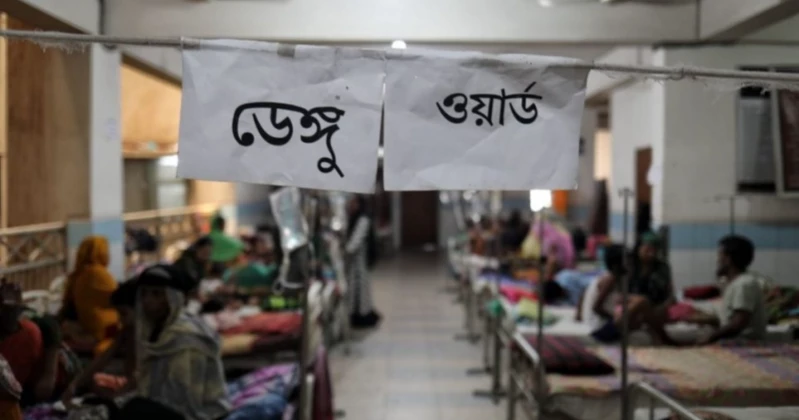AFTER RECORD FLOODS, HOI AN RUSHES TO REOPEN—AND REBUILD HIGHER

Tourism hub balances clean-up with tougher standards for the next deluge
Days after record rainfall submerged UNESCO-listed Hoi An and nearby heritage sites, residents pumped out water, cleared silted streets and reopened a handful of riverside cafés. Rail service and highways are gradually restoring, with emergency crews shoring up embankments along the Thu Bon River. Hoteliers say bookings are being reworked rather than canceled, with guests opting to delay trips by a week or two. Local officials stress safety checks on bridges and historical buildings before full tourist flows return. The floods also hit farms and craft villages, threatening supply chains for restaurants and homestays. Recovery plans now weigh elevated walkways, higher electrical boxes, and portable flood barriers to keep businesses trading when waters rise.
Resilience economics for a changing climate
Hoi An’s flood history is long, but the latest deluge set new marks—highlighting the cost of relying on fast cleanup alone. Engineers recommend updating drainage, adding upstream retention areas, and mapping safe routes for night evacuations. Operators are pushing flexible rebooking rules and disaster insurance to protect livelihoods. The tourism board wants a communications cadence: clear safety advisories, staged reopening milestones, and verified lists of open attractions. Longer-term, central Vietnam faces tougher choices: stricter zoning in floodplains, incentives for flood-proof retrofits, and coordination with hydropower dams to smooth peak flows. The aim is pragmatic—welcome visitors back quickly without repeating the same vulnerabilities with each extreme rain.



















